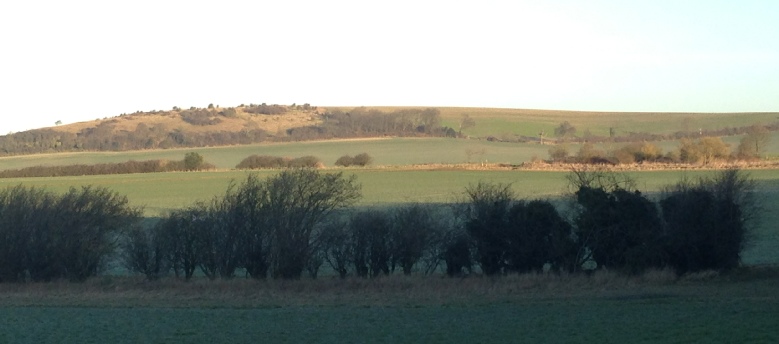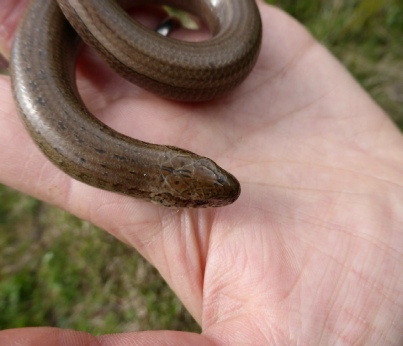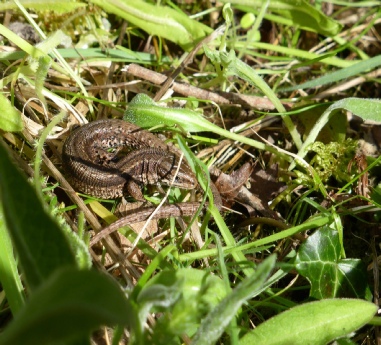

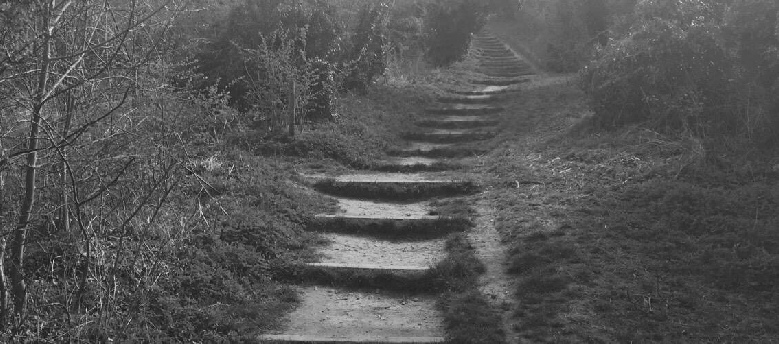

Bradgers Hill, Luton.

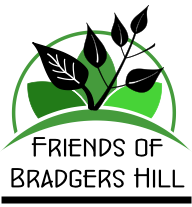

Spring Survey
Slow Worm Survey 2016
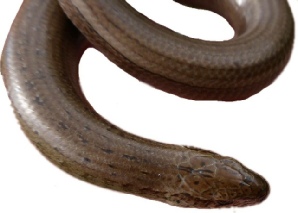 Slow worms (Anguis fragilis) are limbless lizards native to Europe. They spend most of their time burrowing and hiding under objects. They are a protected species and rare, so we are delighted that Bradgers Hill is home to a population.
Slow worms (Anguis fragilis) are limbless lizards native to Europe. They spend most of their time burrowing and hiding under objects. They are a protected species and rare, so we are delighted that Bradgers Hill is home to a population.
When the Luton to Dunstable “Guided Bus way” scheme was constructed, over a thousand Slow Worms had to be relocated. Many of those Slow worms were relocated to Bradgers Hill. Released near the top of the hill, it appears many of them have migrated down the hill and appear to be expanding their range. If you live close to Bradgers Hill, there is a chance you could see one in your garden!
The 2016 spring survey was run by the Wildlife Trust and has run for a number of years as part of a follow up on the slow worm populations health. Taking place through April and May, the survey involved walking to a number of set locations and looking to see if any slow worms were present. If they were present, they were photographed, weighed and measured. Due to the distinct and unique patterns on their heads, the slow worms can be identified and thereby their movements tracked. Past surveys have shown that they are breeding. You can see a picture of one of our baby slow worms below!
The spring survey discovered eleven slowworms over eight visits. The survey will continue in the Autumn.
The results of the survey,like any others we get involved in will help provide a picture of the health of the bio diversity on Bradgers Hill and will help try and secure Bradgers Hill designation as a Site of Special Scientific Interest (SSSI).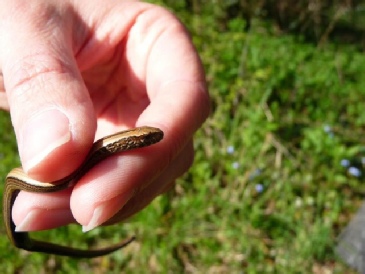
If you are interested in taking part in the survey then keep checking back for future survey dates throughout the Autumn. The survey takes place weekly but the methodology of the survey mean it can only take place when the weather conditions are right and this often means short notice of the survey dates concerned.
The meeting location at Bradgers Hill on identified survey days is by the Steps between Harvey’s Hill and Lippitts Hill. The survey takes place in either the morning or afternoon and takes approximately an hour or so.
Our thanks go to Katharine Banham of the Wildlife Trust who coordinated the survey. We were delighted to be able to help.
